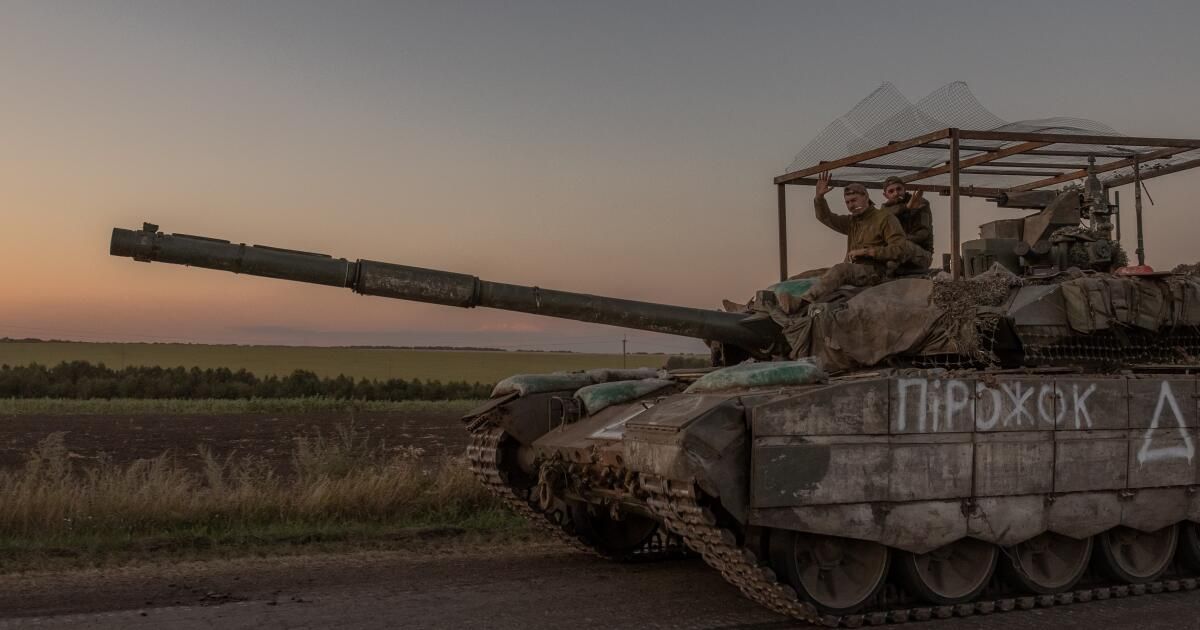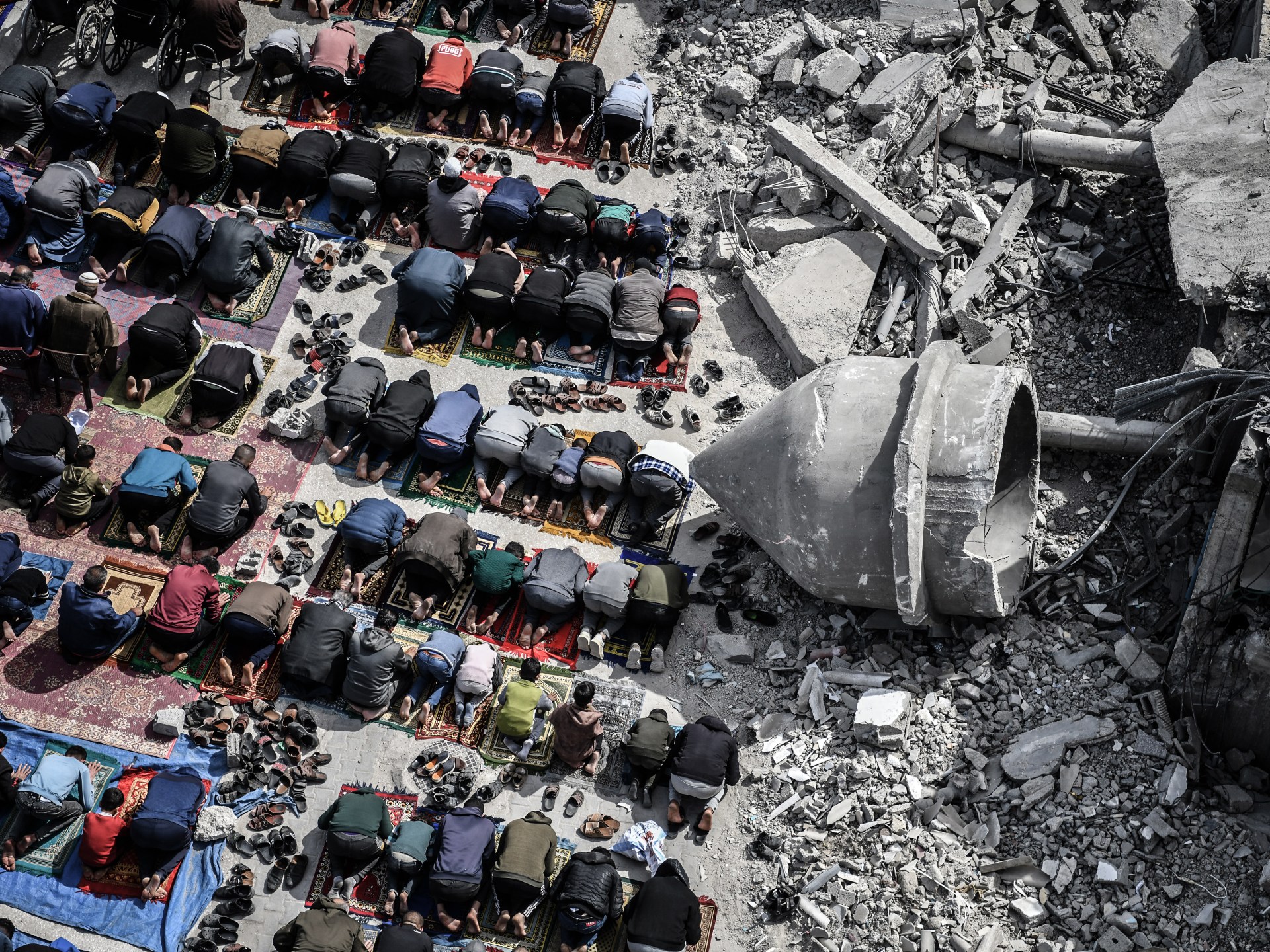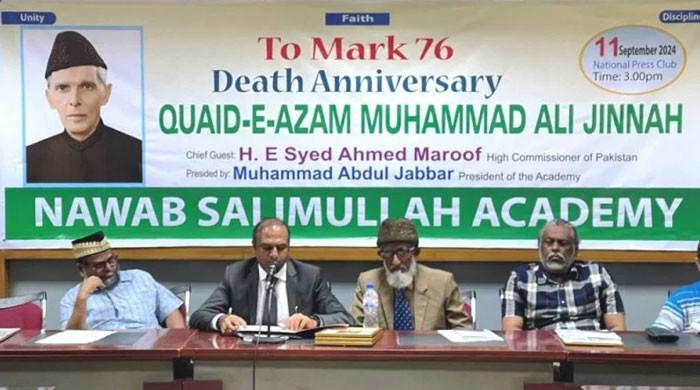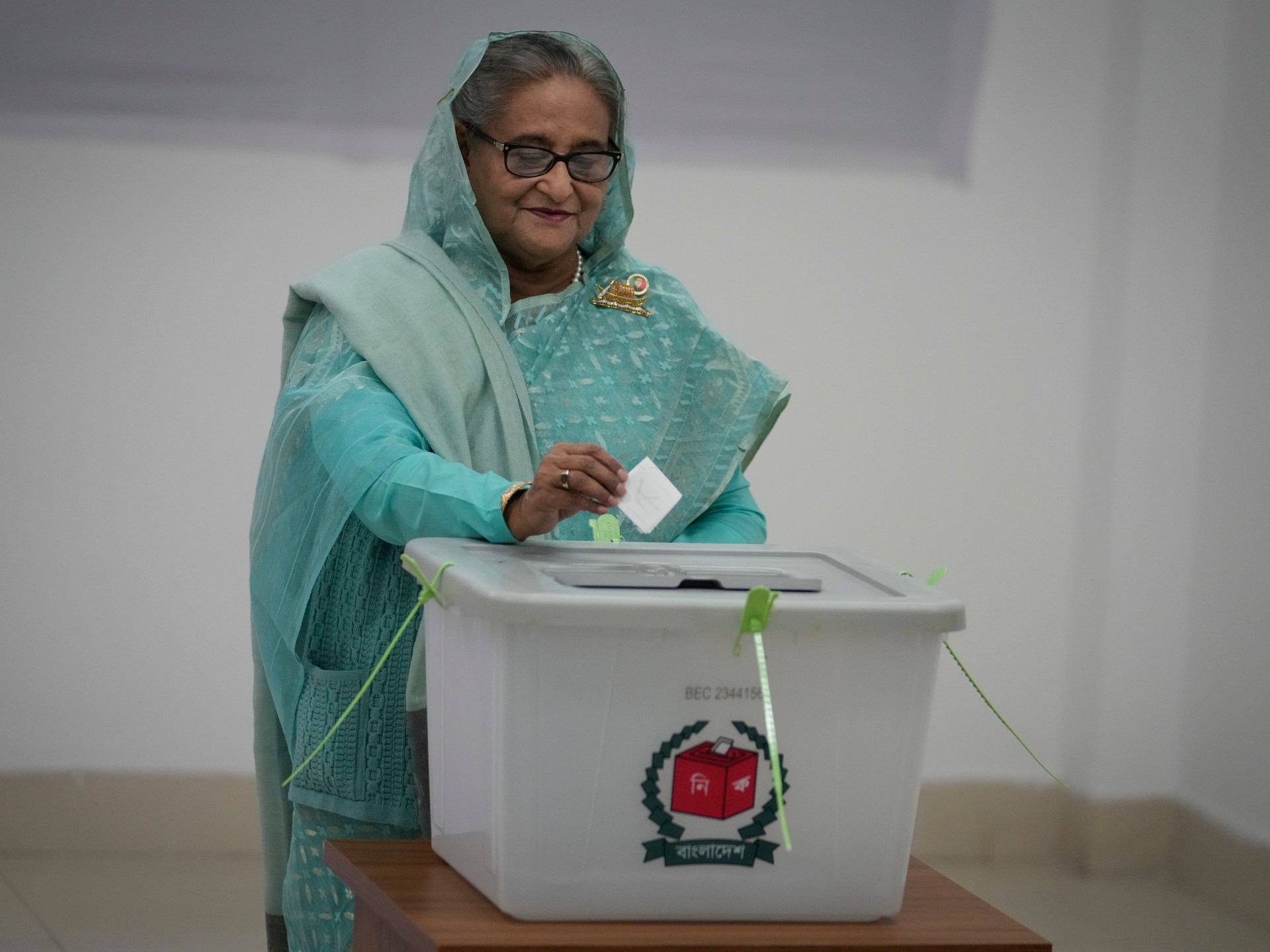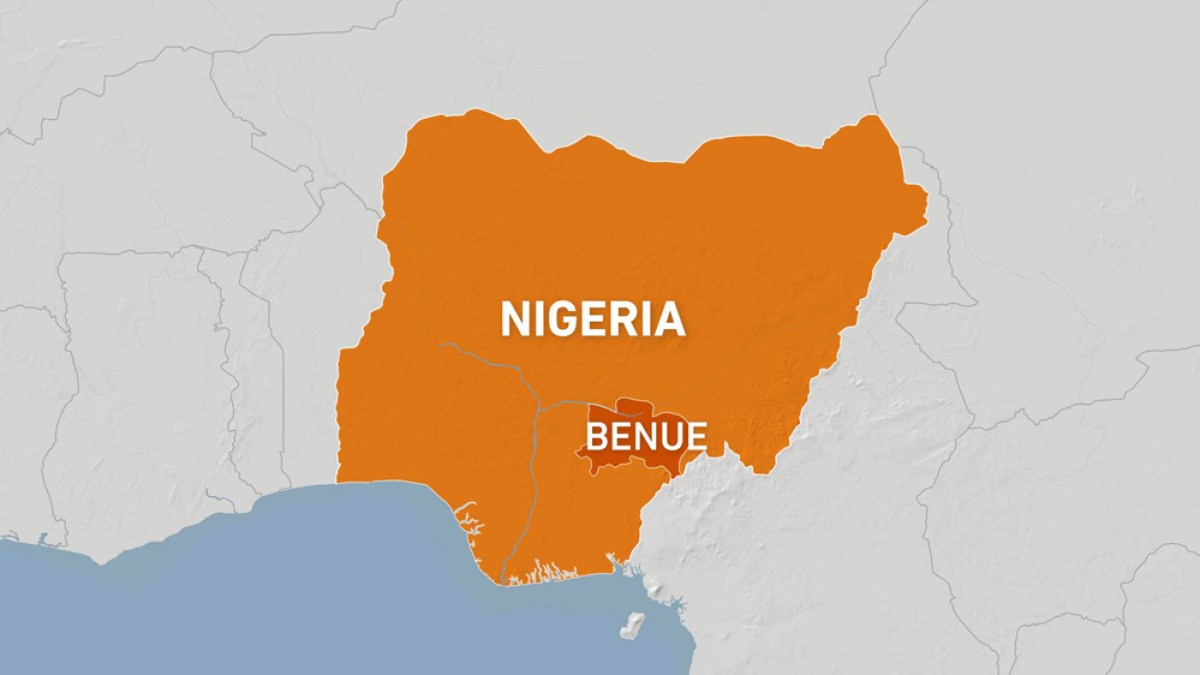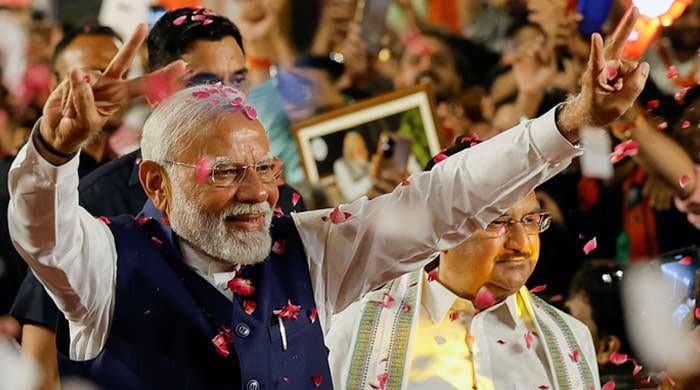Over the summer, the mood in Ukraine grew darker. Daily airstrikes. Power stations, hospitals, apartment blocks and shopping malls were burning and in ruins. Reports that Russia had taken another Ukrainian settlement. Casualties were mounting. International military aid seemed increasingly insufficient and too late. Breaking with his calm, steady optimism, a friend of mine in Ukraine lamented: “The West is cowardly. It doesn’t help us enough. It fears Putin too much.”
It’s not just a question of their opinion. In opinion polls I conducted in May and June with the Institute of Sociology of the National Academy of Sciences of Ukraine (funded by the US National Science Foundation), 78% of the 477 Ukrainians we tracked believed that Western military aid was insufficient for Ukraine to repel the Russian invasion, up from 65% a year ago.
Then came August 6, and from then on my family, friends and colleagues began to feel cautiously optimistic.
On that day, Ukrainian forces crossed into Russia’s Kursk province. In a matter of days, Ukrainian troops seized more territory from Russia than Russia had taken from Ukraine in a year. They cut off vital supply routes, blew up two key bridges, destroyed Russian forces moving into Ukraine, captured an underground ammunition depot, and took hundreds of Russian prisoners of war, with some entire units surrendering.
Now it is Moscow, not kyiv, that is asking for a prisoner exchange. Russian units have begun to move towards this region and away from other fronts of the war, which could relieve pressure on Ukraine's defences.
Can these successes give Ukraine a chance to end the war? The answer is twofold.
On the one hand, Russia’s war machine is vast, its coffers flush with cash from energy exports, and it receives drones, missiles, and howitzers from Iran and North Korea. While Ukraine scores points at Kursk, Russia, on average, continues to fire 4,000 artillery shells, launch 100 massive glide bombs, and mount more than 120 infantry assaults along the 600-mile front every day. Russian ground forces are closing in on Pokrovsk, a critical stronghold in eastern Ukraine. Putin is not budging.
On the other hand, Ukraine's advance to the north is precisely the gentle The kind of action that has the best chance of ending this war is the one that has. Ukraine has signaled to the Kremlin that it has the audacity to surprise Russia and do things that Russian forces may not be able to counter. Consider Operation Ocean Venture in the 1980s: American air raids deep inside Russia from aircraft carriers improbably stationed in the frigid Norwegian fjords eventually convinced the Soviet brass that they couldn’t stop us. This helped end the Cold War.
Now it is Putin who is on the defensive and has to guess: where will the Ukrainian forces move, given the absence of defensive lines? Will they be able to attack the Russian forces advancing on Ukraine from behind? Will they try to seize the Kursk nuclear power plant? What will they be able to do after seizing the only hub through which Russia's natural gas flows to Europe?
History tells us that to end the war, Ukraine will have to continue to surprise Russia, and it will need U.S. help. There is already some support: While Ukraine uses Western military equipment inside Russia, the Biden administration has not publicly called on Kiev to stand down. Showing bipartisan support, U.S. Senators Richard Blumenthal (D-Conn.) and Lindsey Graham (R-S.C.) visited kyiv and called the Ukrainian operation in Kursk “bold and brilliant.” These are important signals to Putin that he cannot endlessly exploit U.S. fears of escalation and U.S. deterrence.
More will be needed. Getting Moscow to confront more uncertainty is critical. The obvious next step is to lift the U.S. ban on how far inside Russia Ukraine can fire the long-range weapons Washington and its allies have provided, while helping Ukraine comply with its disciplined practice of restricting attacks to military and related targets. The goal is not for Ukraine to arbitrarily destroy any Russian airfield or shoot down any Russian warplane as far as the Caspian Sea, but it is critical for Putin to realize that kyiv can and could do so.
Ukraine would also benefit if the Biden administration backed Graham’s idea of allowing retired American F-16 pilots to volunteer to serve in Ukraine. This would reverse the unfortunate signals we sent to Moscow when it emerged that there were not enough Ukrainian pilots trained to fly the F-16s that kyiv received this summer.
For the Kursk operation to be a turning point, we need to help Ukraine make Putin more concerned. any Will Russian warships, air defence systems, logistics centres, supply lines or communications infrastructure be safe? What if Washington were to talk to Turkey about allowing US warships into the Black Sea? What if ships carrying North Korean missiles to Russia were blocked?
Americans now have a real opportunity not only to help Ukraine, but also to take the initiative in deterring it and make Putin think twice before harming the United States or our allies anywhere.
Of course, Ukraine also faces multiple risks, but as a friend in kyiv summed it up: “Kursk poses huge uncertainties, and 90% of them are not in Russia’s favour.”
Mikhail Alexseev, professor of international relations at San Diego State University, is the author of “Without Warning: Threat Assessment, Intelligence, and Global Warfare” and a senior researcher on the National Science Foundation-funded War, Democracy, and Society project.

